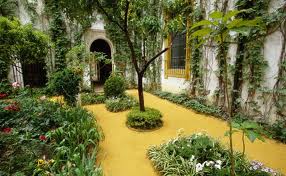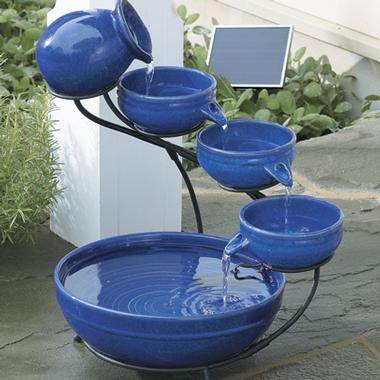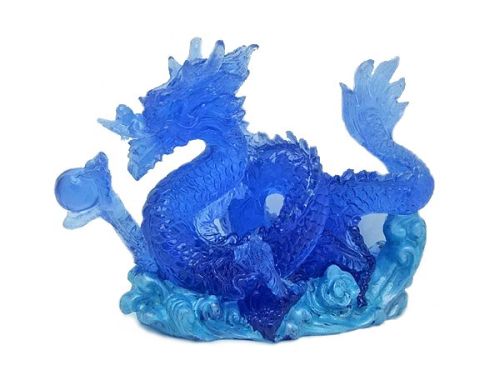
Design A Feng Shui Garden |
Article posted on July 21, 2012 and it has been read by 14014 people |
 Very often we come across gardens and orchids which make us feel very good. As per expert opinions, "Such a garden has good Feng Shui." The art and science of Feng Shui is being practiced not only in China but across the globe for over 4500 years, and since the last decade even gardeners are finding it to be an indispensable factor in garden designing.
Very often we come across gardens and orchids which make us feel very good. As per expert opinions, "Such a garden has good Feng Shui." The art and science of Feng Shui is being practiced not only in China but across the globe for over 4500 years, and since the last decade even gardeners are finding it to be an indispensable factor in garden designing.
As per Feng Shui principles, the size of the garden is not a very important factor. Your zen garden is the Yin factor and your home the Yang. So the overall effect should be such, so as to balance the Yin yang factor.

Everyone appreciates the benefits of a beautiful and a comfortable living environment. One must however remember that a beautifully designed Feng Shui garden is just like a well decorated room. A garden cannot be looked upon as being a mere extension of your house; it is a separate entity by itself. At the time of garden planning, the rules of the five animals need to be applied, standing with your back to the house. The rules for how to make a zen garden are as follows:
1. The wall of the house should be used as the tortoise protecting the backside of the garden.
2. The left side is the powerful Dragon side and the trees need to be planted on the garden frontiers on the dragon side.
3. The right side is the sleeping tiger side; flower beds and low bushes need to be placed on that side.
4. The front part of a mini zen garden (the phoenix aspect) needs to be kept free and empty.
5. It is preferable to place ponds and other water bodies facing the house.
6. The garden should be kept separated from the house and should never be used as entrance.
 The best way of applying the Feng Shui principles for designing a perfect zen garden is to follow the five basic Feng Shui elements - metal, earth, water, fire and wood. A garden designed incorporating all these five elements balances the Yin Yang principle perfectly fine.
The best way of applying the Feng Shui principles for designing a perfect zen garden is to follow the five basic Feng Shui elements - metal, earth, water, fire and wood. A garden designed incorporating all these five elements balances the Yin Yang principle perfectly fine.
An arbor at the entrance makes the garden look good and inviting and more importantly it guides an outsider where to come in.
As far as the garden plants are concerned, till date there are no such recommended Feng Shui plants for gardens. But colors do play an important role. It has a strong impact on the flow of energy within the house. A garden planted with flowers of bright colors like red, orange and yellow generally lifts up your spirit and energy level whenever you look at them; contrarily, light colored flowers like purple, blue and white are more soothing and makes you feel cool and calm.
Thus as per the Feng Shui principle of zen garden designs, more emphasis needs to be laid upon flower coordination and color. For example, flowers like daffodils, tulips, hyacinths and pansies go well with the spring season. Coordination needs to be done by making blocks of plants of different colors that are contrasting and blend well. It is also good to plant a few herbs namely, lavender, thyme and sage.

 Apart from the plants, the Water element of the Feng Shui should also be given due consideration. It is always good to have a water body in a Feng Shui zen rock or sand garden. If there is not much space for the same to be accommodated, then an electric fountain will also serve the purpose.
Apart from the plants, the Water element of the Feng Shui should also be given due consideration. It is always good to have a water body in a Feng Shui zen rock or sand garden. If there is not much space for the same to be accommodated, then an electric fountain will also serve the purpose.
Using lights in the garden not only shows you the right path to be followed, but it also represents the fire element.
Last but not the least, a bench, representing the wood element also needs to be incorporated in the garden. It lends a serene atmosphere to the place where you can sit, relax and enjoy the natural beauty.
As far as the paths are concerned, it is always recommended have a slightly curving path rather than a straight one which directly leads to the end.
Hope these excellent Feng Shui garden design tips help you make the perfect miniature zen garden in your home.